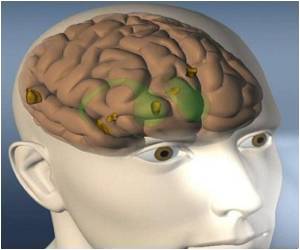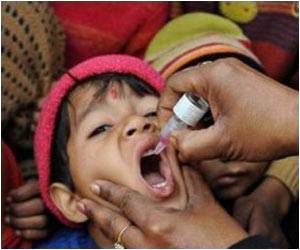
Victoria Ngo from the RAND Corporation in California and international colleagues say that collaborative care models, where NCD care and mental health care are integrated and provided in the primary care setting, are effective for patients, strengthen health care service systems, and reduce costs. Implementation of collaborative care models and scale up of successful models would "be enhanced by tapping local knowledge of social, political, cultural, and health system nuances."
The authors argue that "collaborative care approaches that integrate services for NCDs and mental health conditions require investments in human resources, services, and additional research."
The five articles providing a global perspective on integrating mental health will be published weekly in PLOS Medicine beginning 30 April 2013.
Source-Eurekalert












